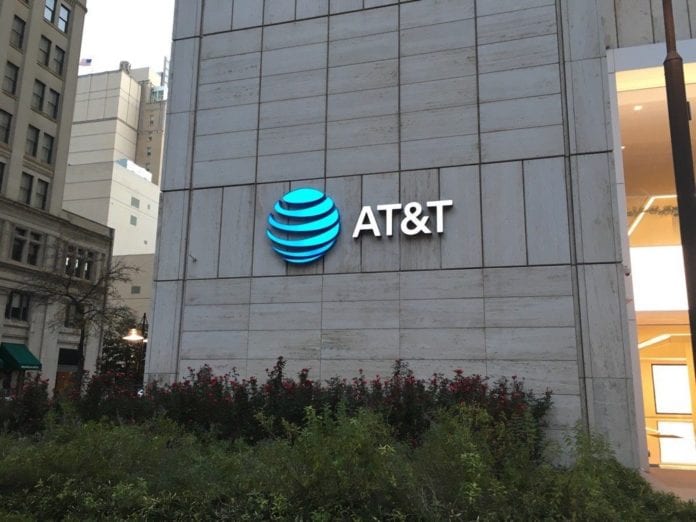AT&T 5G plans will tap millimeter wave spectrum
After initially announcing its plans to offer mobile 5G in 2018, AT&T identified Dallas and Waco, Texas, and Atlanta Georgia, as the first cities where it will deploy network services based on the 3GPP non-standalone 5G New Radio (NR) standard. The operator said it would name more focus cities “in the coming months.”
When AT&T first announced its 5G intentions in January, it wasn’t clear what type of end-user equipment would be in market to support 5G. In its most recent statement, AT&T noted, “We will add more 5G capable mobile devices and smartphones in early 2019 and beyond.”
SVP of Wireless Network Architecture and Design Igal Elbaz touted alignment with the NSA 5G NR standard, which was finalized in December 2017. “After significantly contributing to the first phase of 5G standards, conducting multi-city trials and literally transforming our network for the future, we’re planning to be the first carrier to deliver standards-base mobile 5G–and do it much sooner than most people thought possible.”
One of the tests Elbaz references was in Waco. Last year Waco’s Magnolia Market at the Silos — the brainchild of HGTV’s “Fixer Upper” stars Chip and Joanna Gaines — received 5G-backed Wi-Fi to visitors and to vendors who serve the retail site with food trucks and other offerings.
From 5G equipment on a cell tower about 175 meters away, AT&T is using 28 GHz spectrum to connect a single piece of 5G customer premise equipment at the Silos, which in turn feeds a system of Wi-Fi nodes scattered around the property. AT&T designed the entire system, with the exception of utilizing some existing wiring, according to Dave Wolter, AVP of radio technology and strategy for AT&T Labs.
Wolter is based in Austin, another city where AT&T tested out pre-standard 5G fixed wireless access for multiple-dwelling units and enterprise customers including a local dentist office and car wash. Building on those Austin trials, testing was expanding to Waco, Kalamazoo, Mich., and South Bend, Ind.
While it has only named three cities so far, AT&T has said that 5G networks will rely on dense networks of small cells, and has potentially dropped a hint by publicly praising three U.S. cities that have paved the way for small cells.
Indianapolis, Ind., Minneapolis, Minn. and Little Rock, Ark., were singled out by AT&T for “the adoption and implementation of processes and cost structures that facilitate small cell deployment.” Joan Marsh, AT&T’s EVP for regulatory and state external affairs, said these three cities are all “leaning with us into the next generation of technologies.”
Click here to learn more about how cities are working to accommodate small cells.
Automating network operations through software-defined networking has been a long-term push of AT&T, which pioneered the space with the development of its ECOMP (Enhanced Control, Orchestration, Management and Policy) software, which has since been combined with Huawei OPEN-O into what the open source Linux Foundation distributes as ONAP (Open Network Automaton Platform).
According to AT&T, 55% of its network was virtualized at the end of 2017, and the plan calls for 75% software control by 2020.

